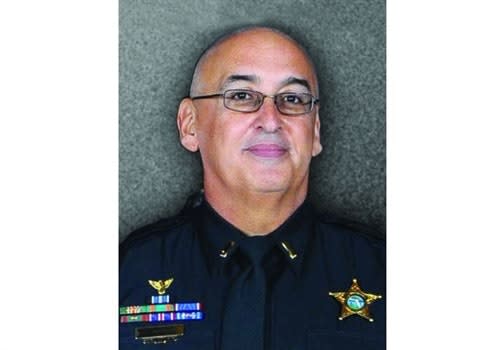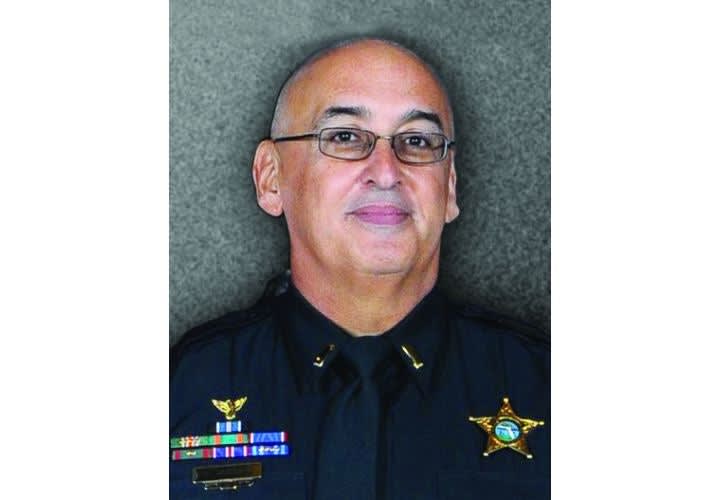What's required in my supervisory role? This question revolves around the essential tasks and objectives that are required for your position. The easy part is finding information from your policy and procedure manual, any memo that gives guidance, or other correspondence that instructs you to do something in a particular way. The hard part is trying to interpret your command staff's intent with what they don't put in writing. Sometimes that requires additional clarification through a face-to-face meeting so you can ask questions. If the head of your agency's intent is to increase officers' contact with the community, what exactly does that mean for you in road patrol as opposed to someone in charge of a specialty unit?
What is the best way to get it done? I like to work smarter and not harder so I am always looking for the most efficient way to do something. To do this, you must take a good long look at your work methods and what you delegate. When you examine what, how, and why you do it, you start looking for efficiency versus convenience. Are you doing too much in one area or are you doing too little? Are you doing things that may look good but have no real impact on your outcome? Are you delegating tasks that will move your project forward or are you just assigning busy work? Sometimes these are hard questions to answer because there are so many stakeholders involved. Enter Brian Willis and WIN.
I first met Brian Willis, Deputy Executive Director of the International Law Enforcement Educators and Trainers Association, at the Southeast Warrior Symposium back in 2012. He spoke about a decision-making model that I have come to realize is perfect for establishing priorities. He explained that WIN is a simple but powerful acronym that comes from famous Notre Dame football coach Lou Holtz. It stands for "What's Important Now?" It helps you focus on what is important at a given place in time. WIN doesn't look back nor does it look forward. It lives in the present moment where most decisions must be made.
Supervisors tend to get overwhelmed if they don't slow things down. They are often given stacks of work to do with unrealistic expectations or a lack of respect for time frames. Because of poor planning on someone else's part, supervisors can end up being given multiple number one priorities in a single day. These tasks are often handed down in the form of, I needed this yesterday, I need this right now, or I need this sometime today. Though delegation can take some of the burden off of you, you still must prioritize your delegation to get it done right. This is where WIN shines.
For example, say you have three tasks that were just filtered down to you: one by phone, one by email, and one hand carried to your office. Everybody wants it done yesterday. It's at this point you use WIN and ask yourself what's important now. You look over all three requirements and put them in order. One is from the agency head and he needs it by the close of business. One you can't accomplish today because of a scheduling error. The other can be handled by sending a fax. You start work on the agency head's request first, leave the second for tomorrow, and delegate the third. It may be an overly simplistic example but it gives you an idea of how WIN works.













